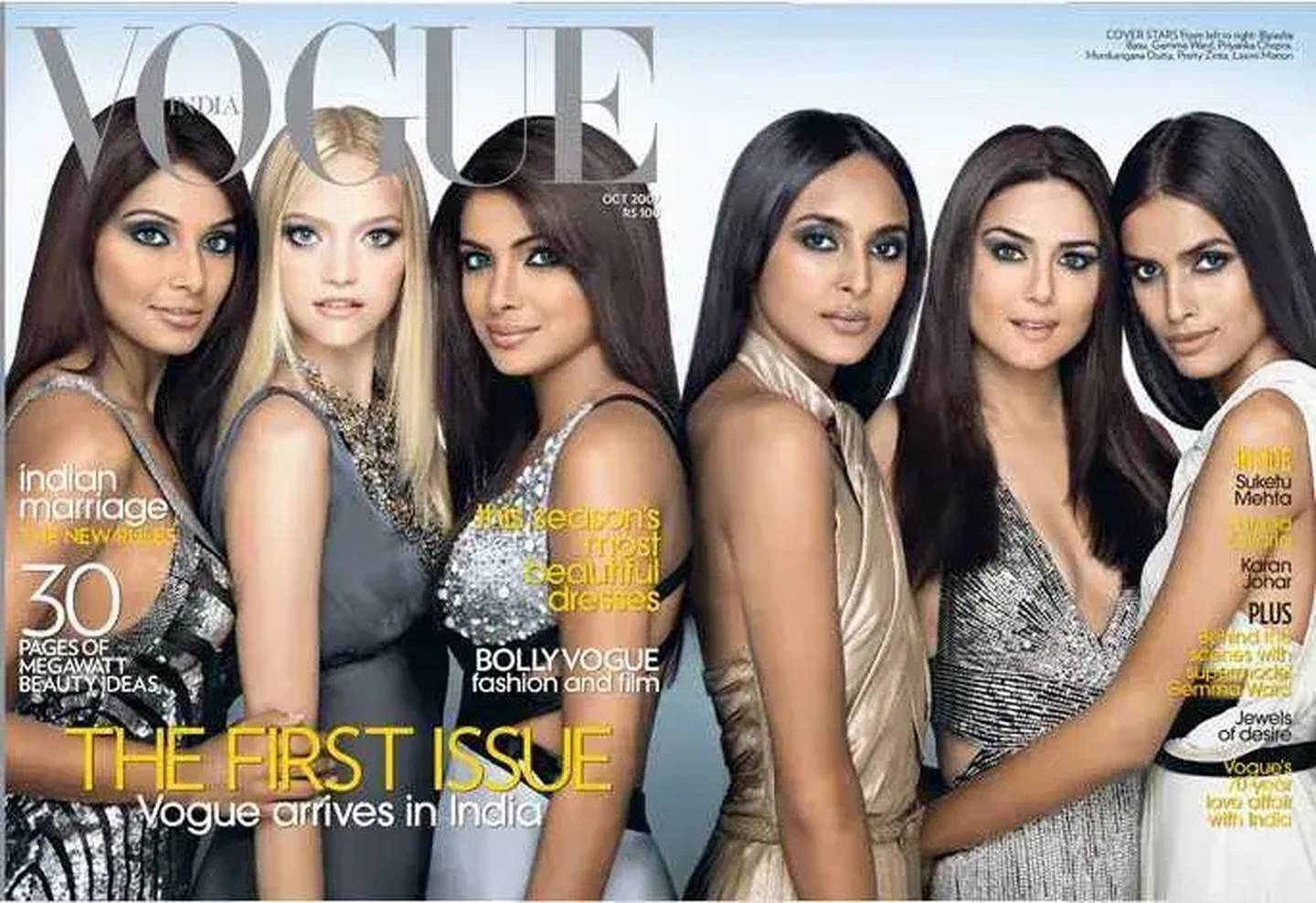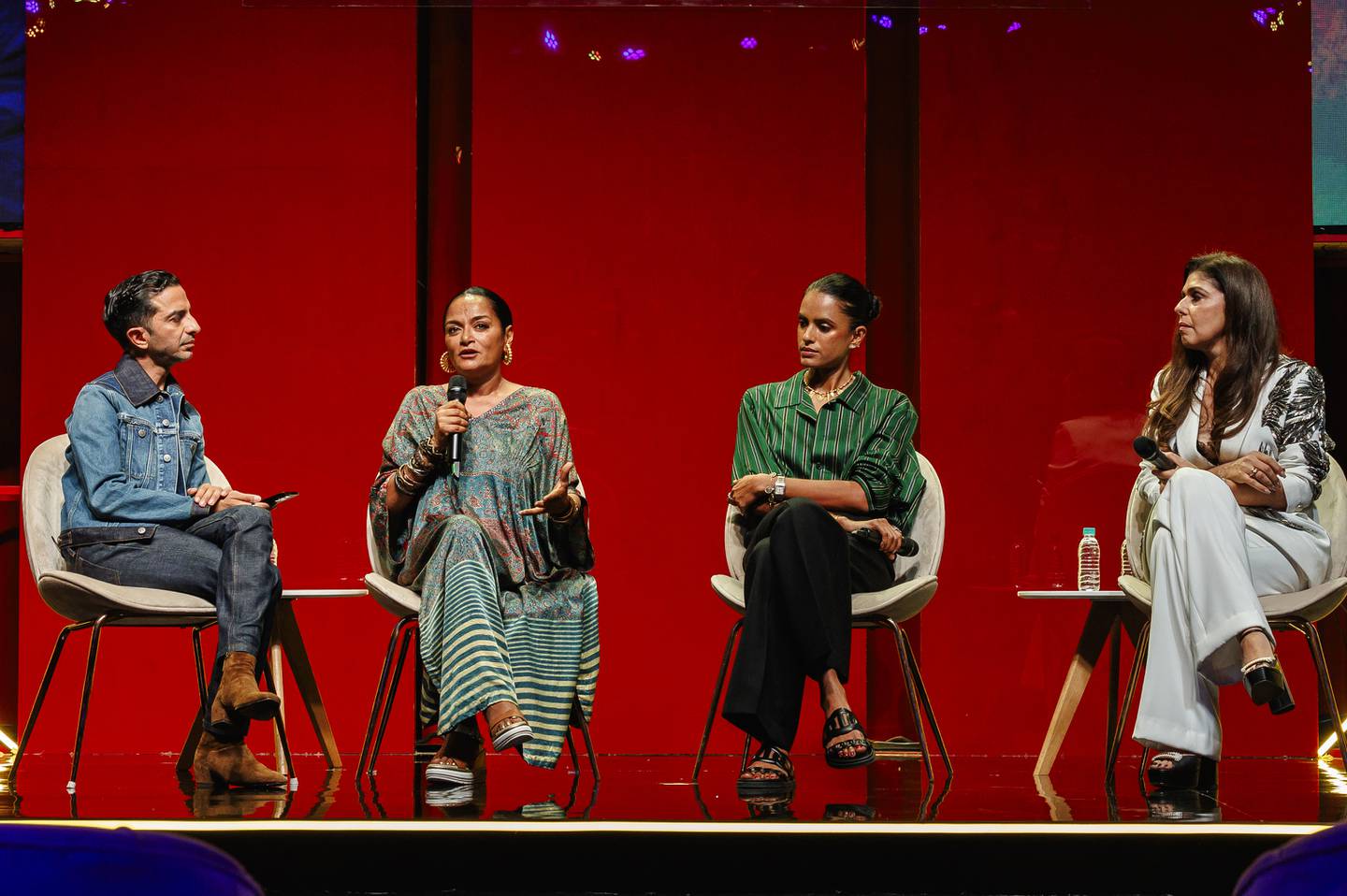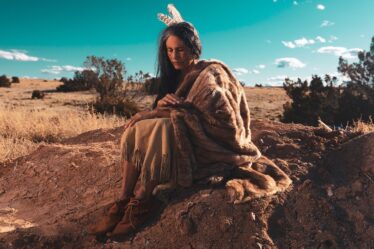
The author has shared a Podcast.You will need to accept and consent to the use of cookies and similar technologies by our third-party partners (including: YouTube, Instagram or Twitter), in order to view embedded content in this article and others you may visit in future.
Subscribe to the BoF Podcast here.
Background:
It’s been 16 years since Vogue India’s inaugural issue put a global spotlight on India’s fashion and beauty industries. Today, the beauty sphere in particular is in the midst of a transformative shift, embracing inclusivity and making an impact far beyond its borders.
“This is a 5,000-year-old culture of great style and heritage,” said Bandana Tewari, journalist, former fashion features director of Vogue India. “We had to do things to tell the outside world … what our cultural heritage of style and fashion is, that it existed over time.”
This week on The BoF Podcast, Imran Amed explores the changing dynamics of the Indian beauty industry through conversations with Tewari as well as Anaita Shroff Adajania,former fashion director of Vogue India; model Lakshmi Menon and Bollywood superstar Katrina Kaif on stage at the second annual Estée Lauder Beauty & You Awards in Mumbai, India.
Key Insights:
- Featuring Australian model Gemma Ward front and centre, flanked by actresses Bipasha Basu and Priyanka Chopra, the first cover of Vogue India “did not really nail diversity, did not nail India. It was trying to package India into some kind of modern context without any of its own culture in play,” Menon says.
- On the other hand, an inside story shot by Prabuddha Dasgupta showcased traditional Indian beauty, rather than in contrast to the westernised interpretation on the cover. “We had a lot of freedom because it was a space where the western powers didn’t know what I was meant to do, so we were left to be ourselves and we were ourselves and we celebrated it,” says Tewari.
- Colourism is still an issue in the Indian beauty industry. The industry is driven by skin whitening products and Menon recalls a time she turned down a contract which included whitening cream. “It’s not always about the money. It’s also about who you are and how you want to put yourself out there, especially coming from a country like India, you know, who’s had a huge colonial past.”
- Over time, the need for greater diversity in all aspects of the beauty industry is also essential, beginning in product development. “One thing that came out repeatedly was that there’s no research on women of our skin colour. … I feel [the global industry] underestimates the power of the beauty revolution that’s happening here,” says Shroff Adajania.
- For Kaif, authenticity is the key for success in the beauty market in India and beyond. “No amount of advertising can substitute the fact that the consumer and our audiences can see the truth. … They can sense what has been sold to them and what is genuinely coming from a place of authenticity,” Kaif says.

Additional Resources:
- Decoding The Indian Beauty Landscape: BoF shares product and consumer insights on the growth potential of India’s beauty and personal care market, from a new report by The Estée Lauder Companies’ BEAUTY&YOU programme in partnership with 1Lattice.
- Amazon Bets on Indian Beauty Brand: Amazon led a funding round worth nearly $25 million for Indian beauty brand MyGlamm.
- How India’s Nykaa Aims to Beat Sephora: The Indian beauty unicorn is preparing for an IPO that could see it reach a valuation of $3 billion thanks to persuasive digital marketing and a hyper-local merchandise mix.



